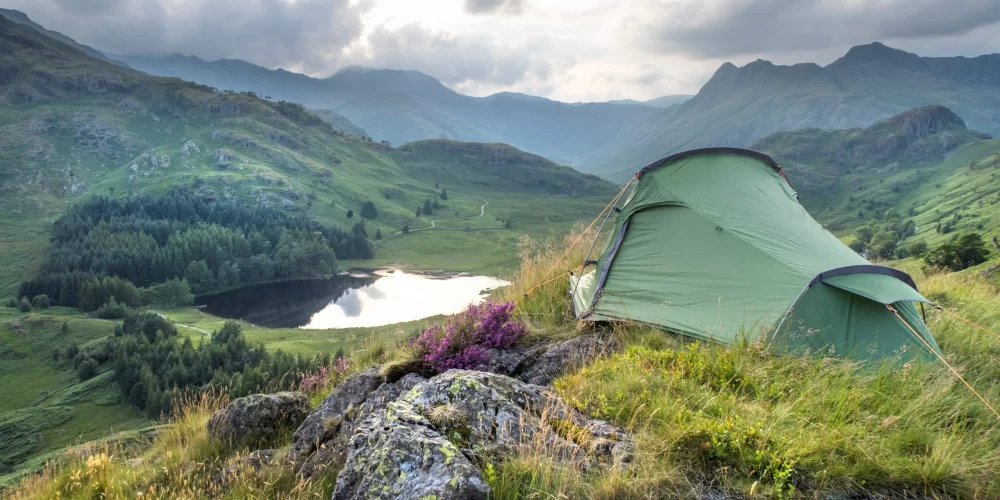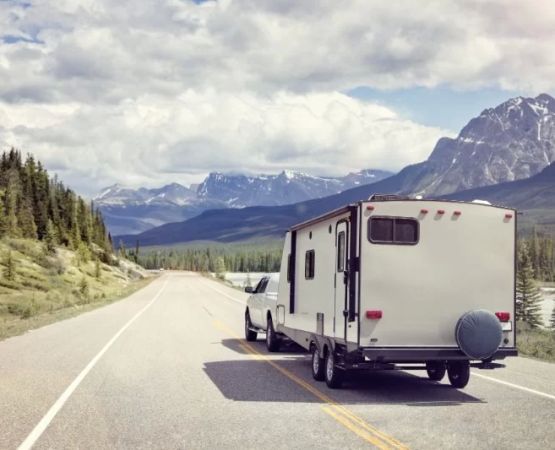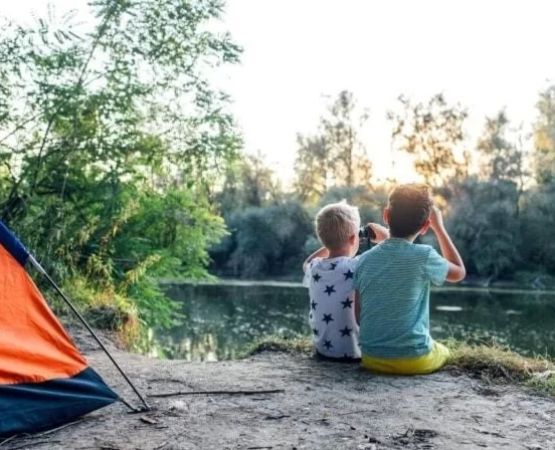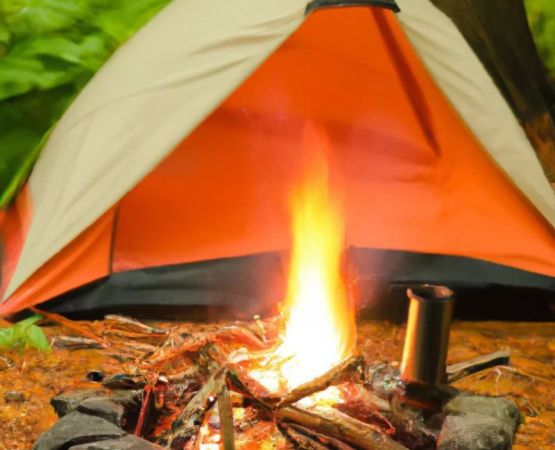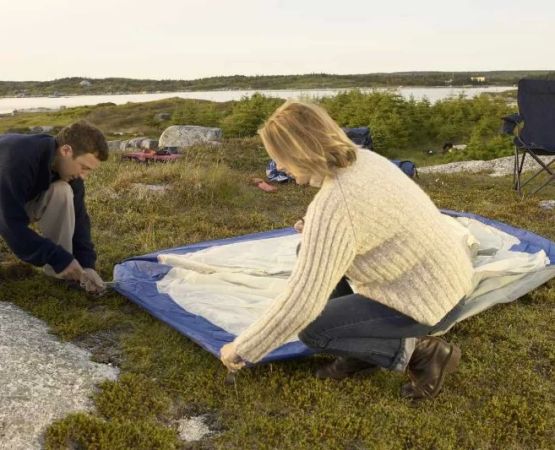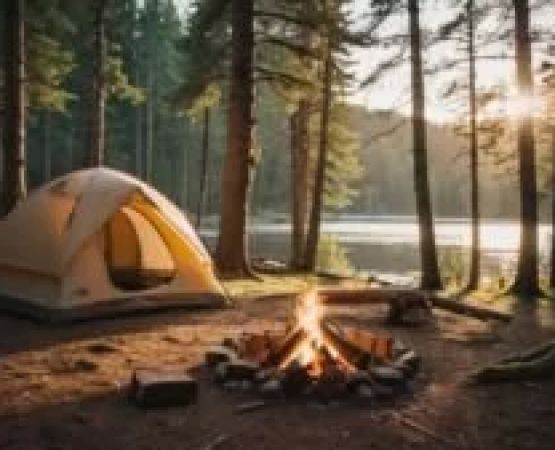Choosing the Best Campsite for Wildlife Photography: A Personal Guide
As a wildlife photographer, I’ve had the privilege of exploring some of the most breathtaking natural landscapes in the United States. Over the years, I’ve learned that the secret to capturing stunning wildlife images often lies in the campsite you choose. Selecting the right spot isn’t just about setting up your tent or RV; it’s about positioning yourself in a place that offers the best opportunities to photograph wildlife while also providing a safe and comfortable environment for you to work in. In this article, I’ll walk you through how to choose the best campsite for wildlife photography, sharing my personal experiences and tips to help you succeed in your outdoor photographic endeavors.
1. Understanding Wildlife Behavior: Where to Find Them
When selecting a campsite for wildlife photography, understanding animal behavior is crucial. It’s not enough to simply be in an area with a lot of wildlife; you also need to know where these animals are likely to be at certain times of the day and what their behavior patterns are. For instance, early mornings and late afternoons are prime times for photographing animals, as they are usually more active during these hours.
On my first trip to Yellowstone National Park, I quickly realized that animal sightings were all about timing and location. I chose a campsite near the Lamar Valley, known for its abundance of wolves, bison, and elk. This area was rich with wildlife, but I knew that the best opportunities would come at sunrise when the animals were grazing. Setting up camp near the valley allowed me to be in the right place at the right time, making my early morning photography sessions both fruitful and thrilling.
2. Proximity to Water Sources: A Key to Wildlife Photography
One of the most important factors to consider when choosing a campsite for wildlife photography is its proximity to water sources. Many animals, especially mammals and birds, are drawn to water for drinking, feeding, and bathing. Lakes, rivers, and ponds are often hotspots for wildlife activity, making them excellent locations for photographing animals in their natural habitat.
During my visit to Everglades National Park, I made sure to camp near one of the many freshwater ponds in the area. This gave me the chance to photograph alligators, wading birds, and even the elusive manatees that frequent the park’s waterways. The constant presence of water ensures that animals will come through the area, allowing you to have more chances to capture beautiful shots. Always keep an eye out for freshwater lakes or wetlands when scouting your next campsite.
3. Avoiding High-Traffic Areas: Finding Peace and Quiet for Photography
When I first started camping as a wildlife photographer, I made the mistake of setting up camp in a high-traffic area, thinking it would increase my chances of seeing wildlife. However, I quickly learned that the presence of too many people and vehicles can scare off animals, leaving you with few opportunities to photograph them.
Now, I prefer to camp in more secluded spots that are far from the hustle and bustle of tourist-heavy areas. Remote campsites offer peace and quiet, allowing wildlife to go about their natural behaviors without feeling threatened by human presence. In my experience, remote areas in national parks or wilderness reserves are often the best places to capture authentic wildlife shots.
4. The Role of Terrain: Understanding the Landscape
As any seasoned wildlife photographer will tell you, the terrain of your campsite can significantly affect the types of animals you’ll encounter. Different species are adapted to specific types of terrain, so understanding the landscape will help you choose the best spot to set up your camera.
For example, when I camped in the Rocky Mountain National Park, I made sure to pick a site near the forest edge. This area was home to a variety of animals, including mule deer, black bears, and mountain lions. On the other hand, when I camped in the Sonoran Desert, the arid landscape offered me the chance to photograph desert creatures like coyotes and rattlesnakes. The varied terrain—ranging from lush forests to dry deserts—dictates the types of wildlife you’ll encounter, so take time to research the land and its inhabitants before setting up camp.
5. Access to Hiking Trails: Exploring on Foot
While your campsite may be the perfect base for your wildlife photography sessions, don’t forget to consider hiking trails nearby. Being able to explore on foot opens up a whole new world of photographic opportunities. Many animals are more likely to be found away from the campsite, deep within the wilderness or in hidden corners of a park that are accessible only by hiking.
On a trip to the Grand Teton National Park, I camped at a site near several scenic hiking trails. These trails led me to breathtaking spots where I was able to photograph elk in their natural environment, as well as the majestic mountain scenery that made the park so famous. Whether you’re looking for birds in the treetops or large mammals in the valleys, hiking trails will provide you with the flexibility to explore and find the perfect shot.
6. Safety Considerations: Preparing for the Unexpected
When choosing a campsite for wildlife photography, safety should always be a top priority. While it’s exciting to capture animals in the wild, remember that you’re entering their natural habitat. Always be prepared for the possibility of encountering dangerous wildlife, such as bears, snakes, or large predators. This is why I always ensure that I carry proper safety gear, such as bear spray, a first-aid kit, and a map of the area.
Additionally, always follow local regulations when it comes to interacting with wildlife. Stay a safe distance away from animals, and never approach them. The goal is to capture their beauty without disturbing their environment. In my experience, respecting the wildlife and their space not only ensures your safety but also leads to more genuine and powerful photographs.
7. Choosing the Right Time of Year: Seasonal Considerations
Finally, the time of year you choose to camp will influence the types of wildlife you can photograph. Some animals are migratory, while others are more active during certain seasons. Researching the best times to visit a specific location is key to capturing the wildlife you want to photograph. For instance, during the fall, you may want to visit areas known for elk rutting season, while spring may be perfect for birdwatching and capturing newborn wildlife.
On a springtime trip to the Great Smoky Mountains, I timed my visit to coincide with the peak of the wildflower bloom and the migration of several bird species. This proved to be one of the most rewarding experiences, as I was able to photograph both the beauty of the landscape and the vibrancy of the migrating birds.
Conclusion: The Art of Wildlife Photography Camping
Choosing the best campsite for wildlife photography requires careful planning and an understanding of the wildlife, terrain, and environmental conditions. Whether you’re camping in the mountains, the desert, or by a river, selecting the right spot will increase your chances of capturing stunning wildlife images. Over the years, I’ve learned that the key is to be patient, stay observant, and always respect the natural world. Each adventure into the wilderness brings new opportunities and experiences—so go out, explore, and let nature inspire your photography.

